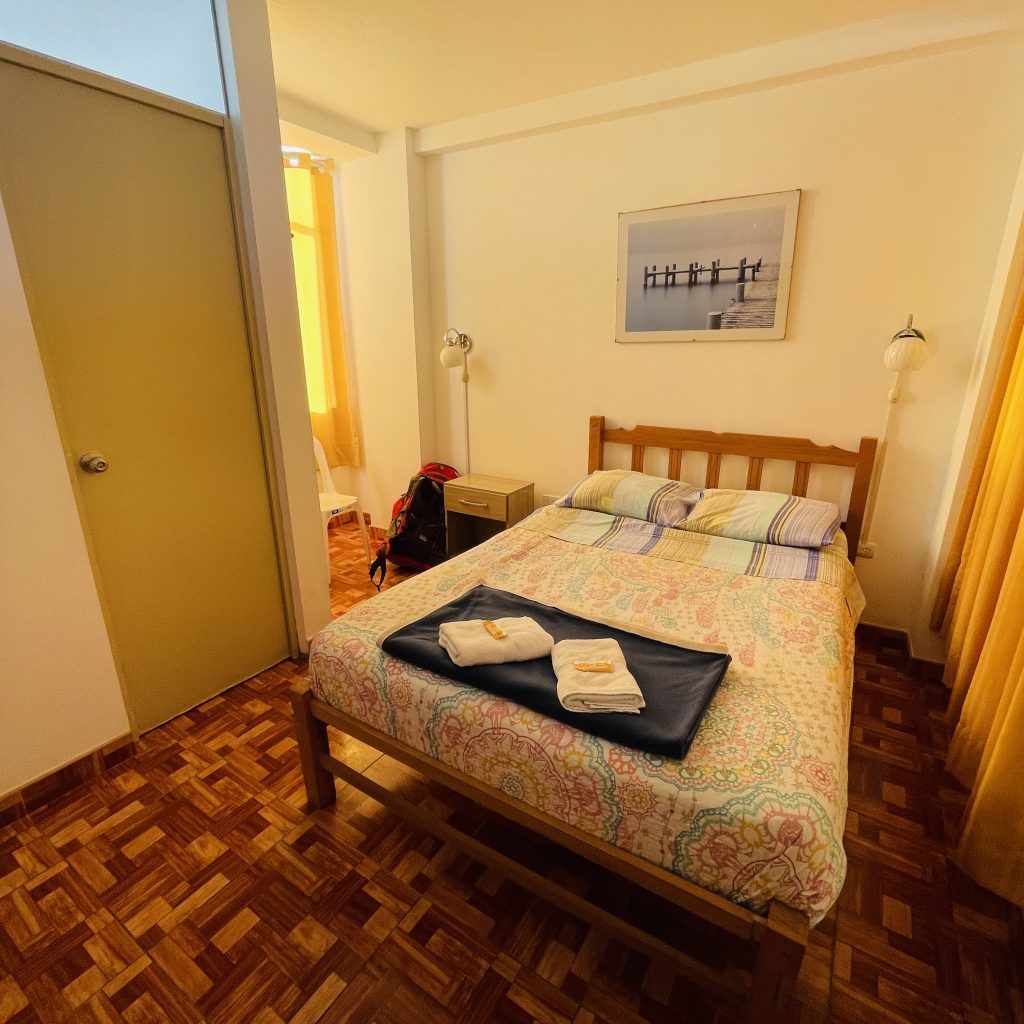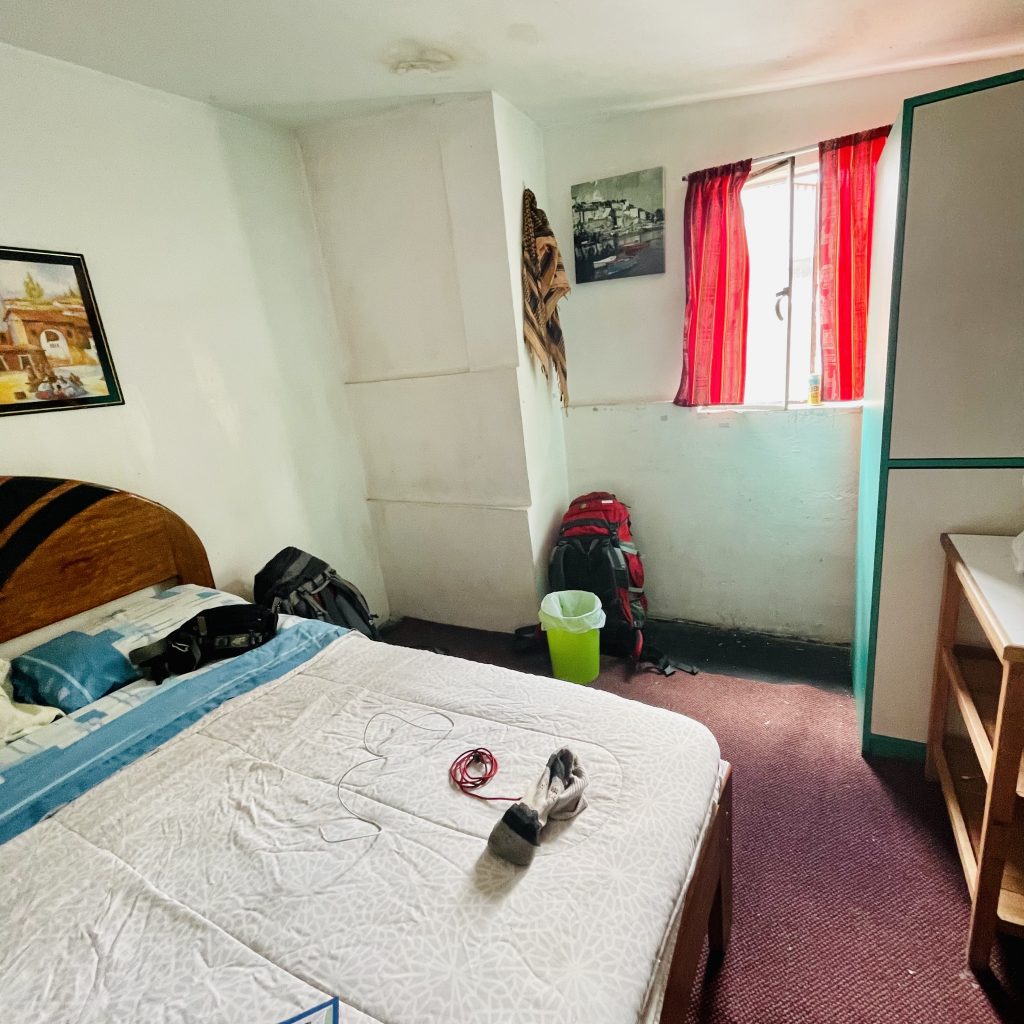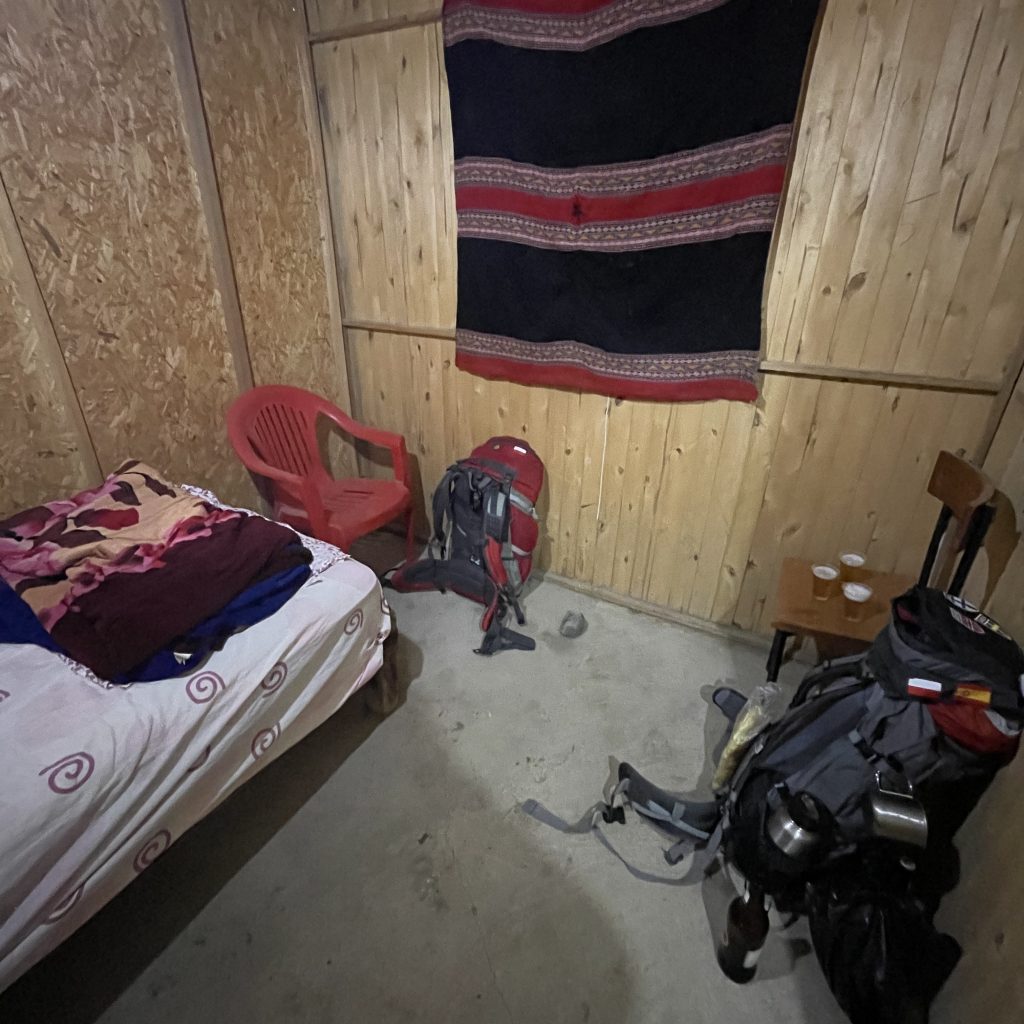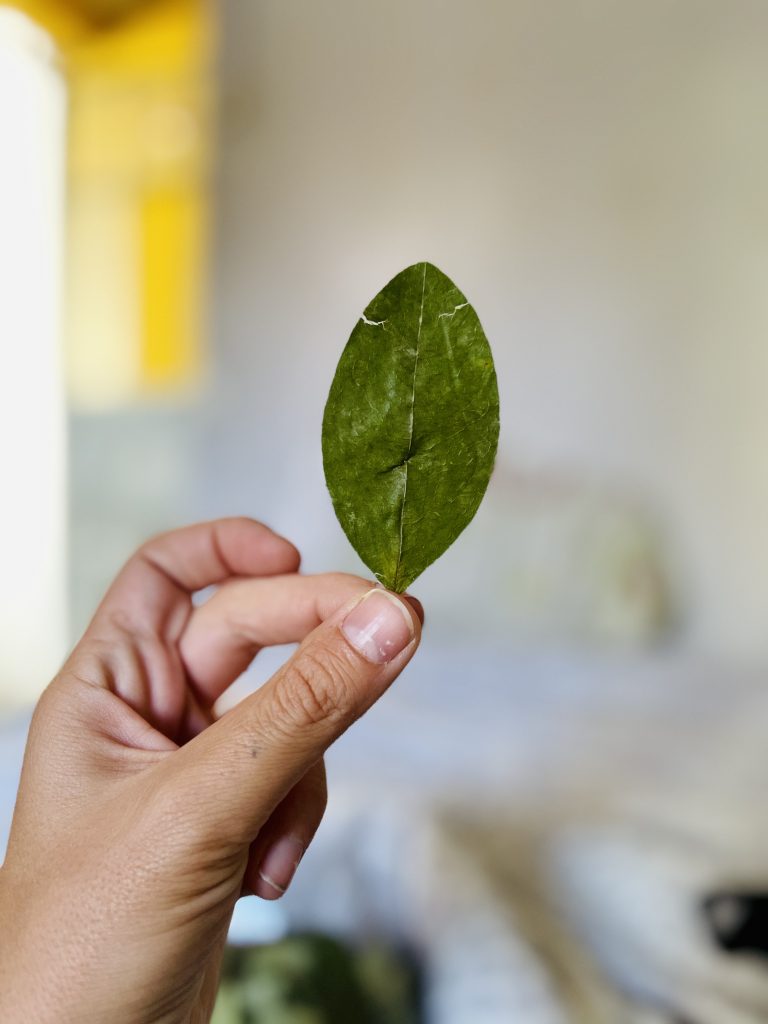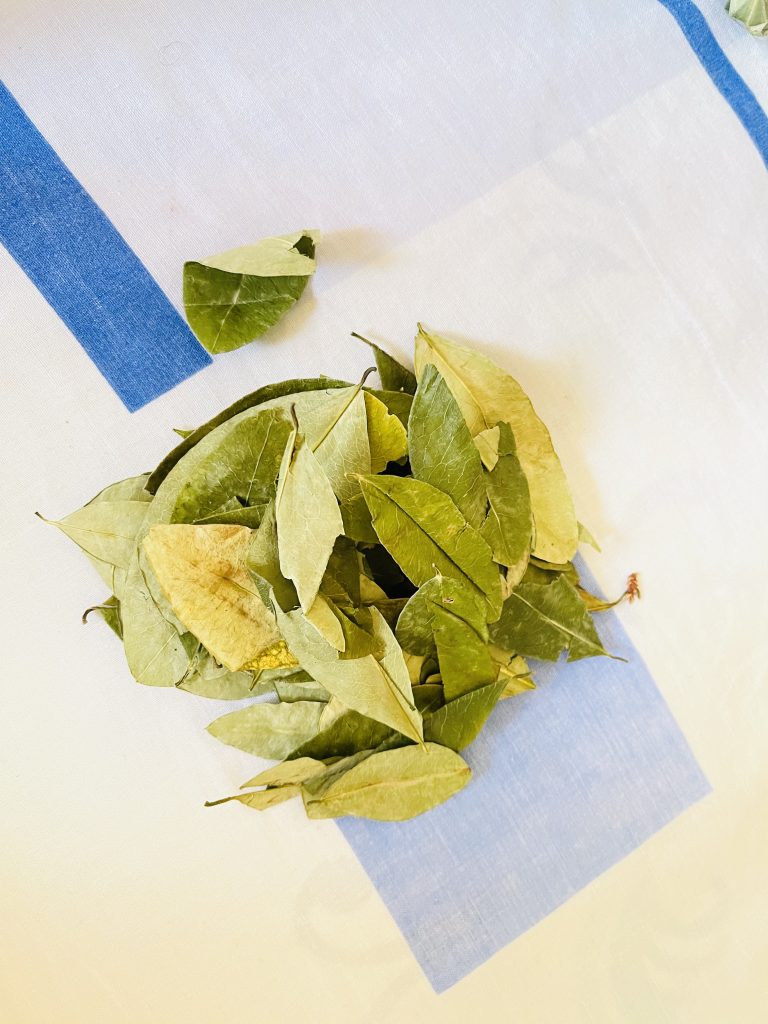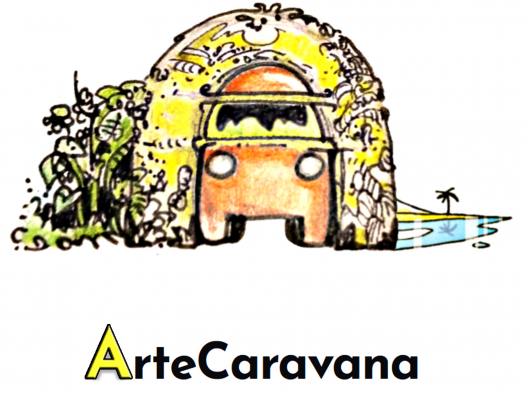
Leather handicraft straight from the workshop on four wheels
Wandering through Iberian lands
Peru – practical information & what has surprised us
18/11/2021 9:23 PM
We are in Peru for the first time and it is our first visit to South America, although we have had contact with Latin American culture many times in Spain, where a lot of Latin American immigrants live. In today's article, I would like to tell you a little about what surprised us here and provide you with some practical information about budget travelling through Peru, which we are most often asked about. If there is something that interests you but we did not write about it in this article, please don't hesitate to contact us. We will be happy to answer all your questions if we can.
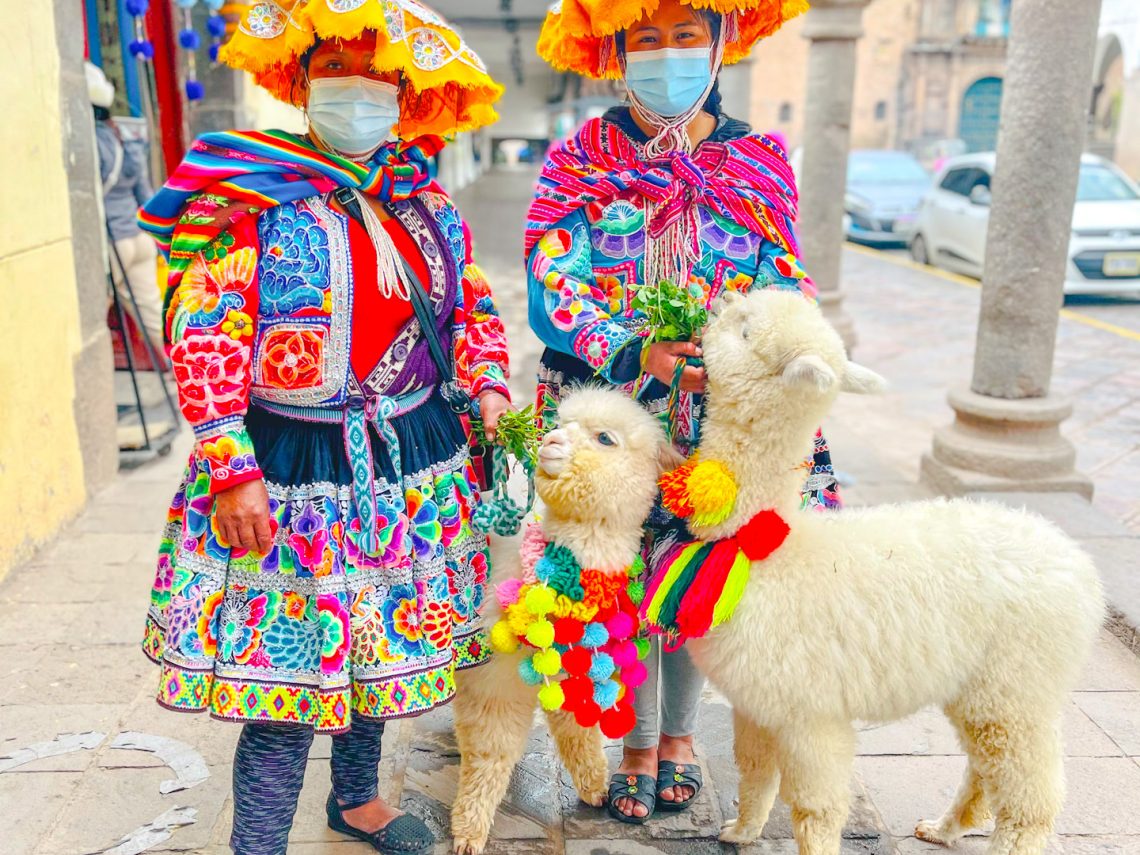
1. (CHEAP) ACCOMMODATION
In our opinion, it is best to find accommodation through Booking.com - depending on the location, we paid $ 7 to $ 15 per night for a double room. If you are interested in dormitories, you can save a bit more, because beds in shared rooms are even cheaper. On Booking.com you will often find various promotions - they can be discounts or something extra in the price, e.g. breakfast. Another nice website for cheap accommodation is https://www.hostelworld.com/hostels. Surprisingly, most often it is through the Internet that we can find cheaper accommodation - on site, in the same hostels, the prices are higher.
We also highly recommend Couchsurfing, which we like to use, but remember that Couchsurfing is a platform for travelers - not a free accommodation search engine. Thanks to this website you meet people from all over the world and exchange experiences, and not just use a free bed.
2. PRICES AND PAYMENTS
In Peru, you pay with the local currency which is called sol. As of today, it is around 1/4 of 1 dollar and a little bit less than 1/4 of 1 euro. It is best to take dollars (or euros) with you and exchange them to sol on the spot.
In most places, it is impossible to pay by card, especially in villages and outside large cities, but even in Cusco or Lima, card payment is not common, so be sure to have cash with you. We brought some dollars with us, and for the rest we use Revolut, which we have already mentioned many times on our instagram profile - who has not heard of yet - we really recommend it! This is not a sponsored post, we recommend it because we have known and used it for years. I tested Revolut in most European countries and Morocco and it worked flawlessly, it turns out it also does in Peru. We can have (for free) virtual currency accounts and then, being in a given country, we immediately pay in the right currency. Unfortunately, it is not possible to have an account with Peruvian sols yet, but we can have an account in dollars or euros and pay by card or withdraw cash from an ATM, with sensational exchange rate. I really, truly and deeply recommend it.
When it comes to prices, well honestly we thought it would be cheaper. Our first impression is mixed - on the one hand, transport in Peru is so cheap that it is practically free (for over 100km by bus we paid 10 soles per person, i.e. $ 2.50), on the other hand, food products are at prices comparable to Polish and about 20-30% lower than the Spanish ones. It is not expensive but it is also not cheap. The further away from Lima and the coast, the lower the prices.
For example:
Drinks
- water - 3 sols for 2l
- Inca Cola 0.5l - 3 sols
- Coca Cola - about 5 sols for 1l
- Orange juice 1l = 4 sols (1$)
- Chicha morada (purple corn compote) 1l - 6 sols
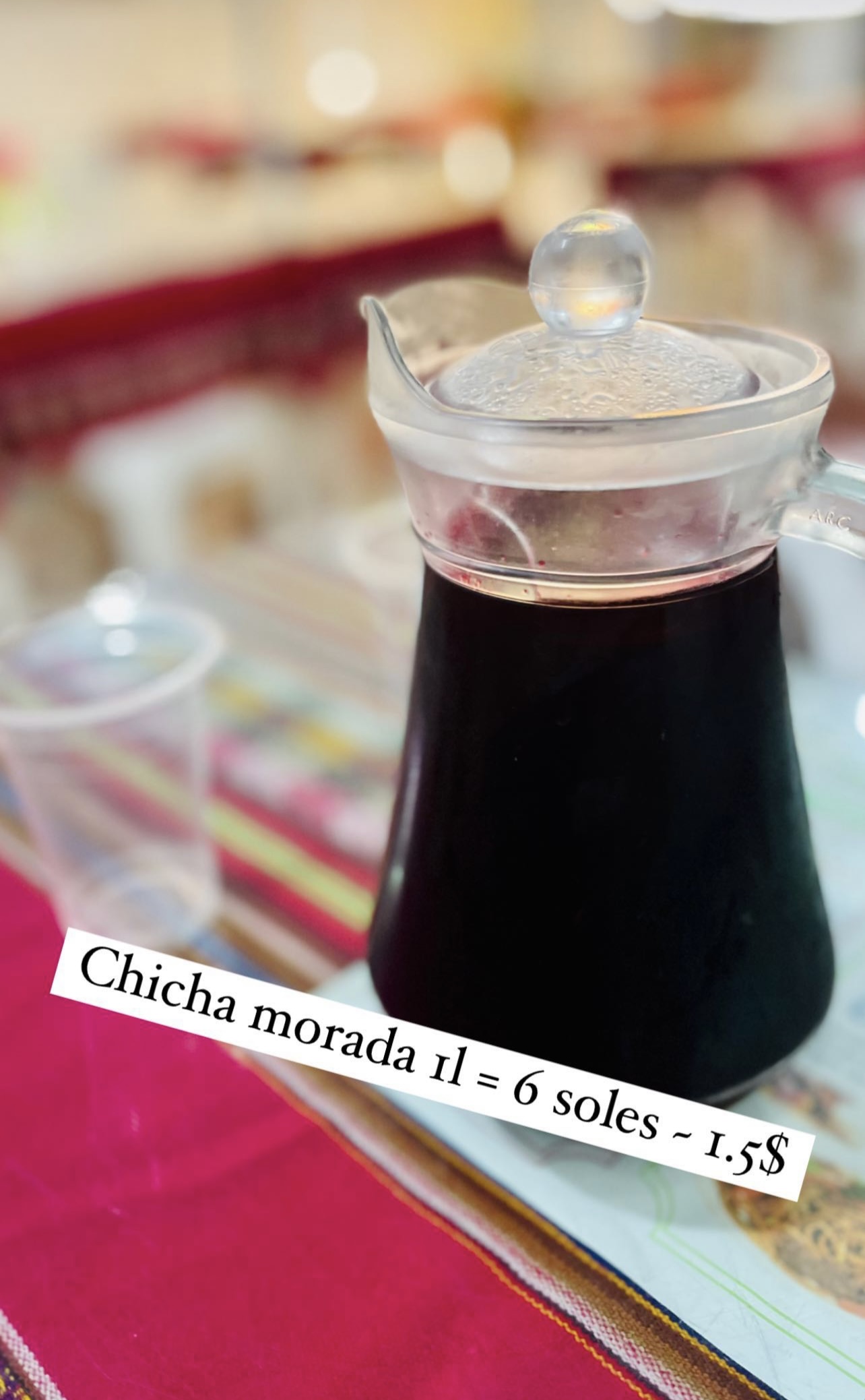
- 2x coffee 15 sols (Paracas)
- juice from freshly squeezed oranges 3 sols for a 200ml cup
- tea (mint, chamomile, coca) - 2 sols (0.5 $)
- wine - from 16 sols (4$) per liter (in the Ica area you can buy 3-4l bottles of wine for 25 sols, which is about $ 6.25)
- Beer (depending on the brand, of course) - 8-sols ($ 2-2.25) per liter
- the cheapest rum - 17 sols ($ 4.25) per liter
- Pisco sour (a typical Peruvian drink) in Paracas in the bar - 18 sols
- Beer in a pub about 10 sols for 0.620l
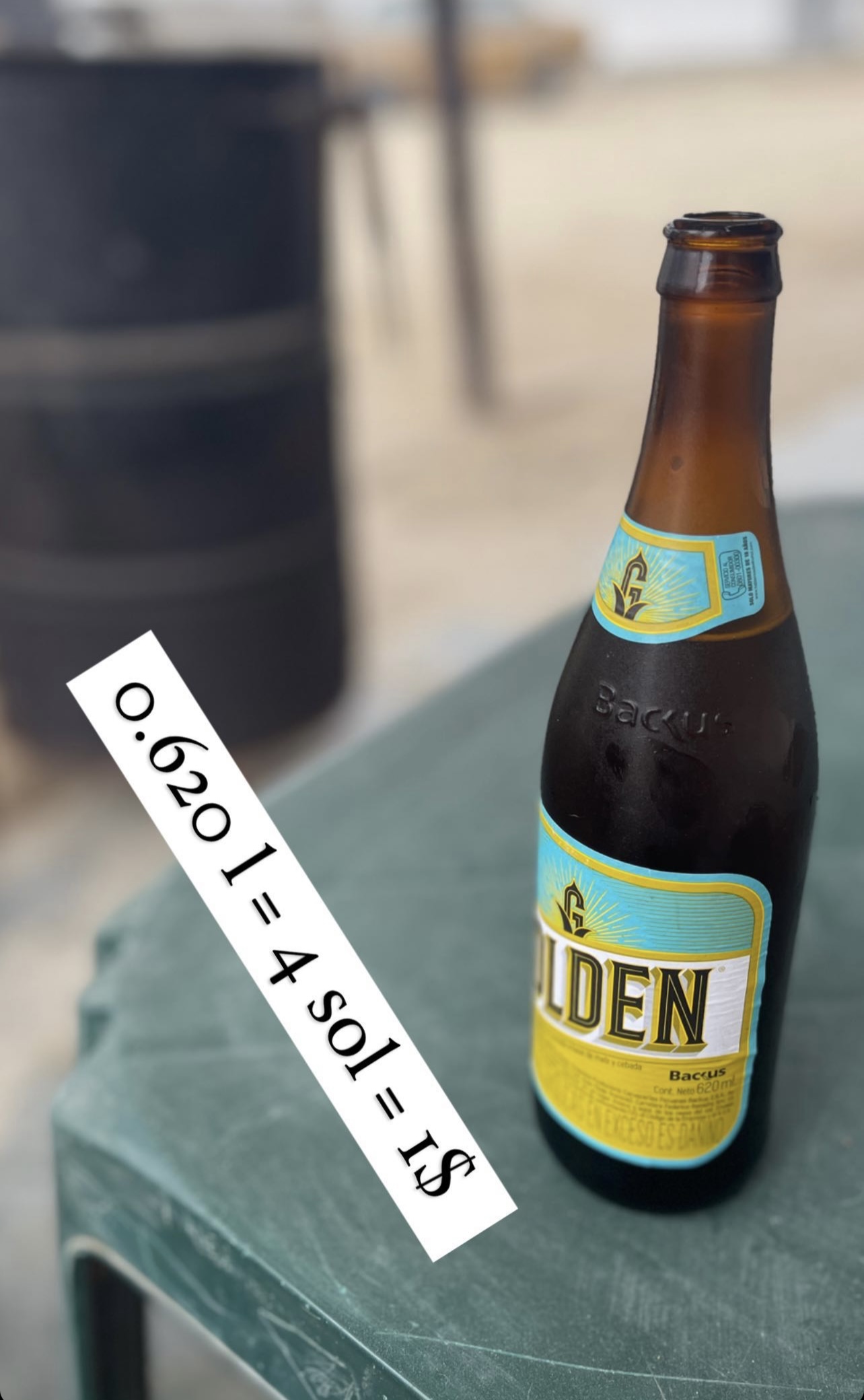
Food in the restaurant
Menu first and second course and most often lemonade or purple corn compote or a small soft drink) - depending on the place, closer to the coast and Lima, it can cost 15 or even 20 sols, in Cusco and the surrounding villages you can eat a menu from 5 sols, or 1.25 $

Dishes served a la carte so apart from the lunch menu of the day mentioned above - of course depending on what we eat - may have the following prices:
- Ceviche + chicharrón de mariscos - set for two in Paracas - 45 sols

- Alpaca steak - 22 sols (Cusco)
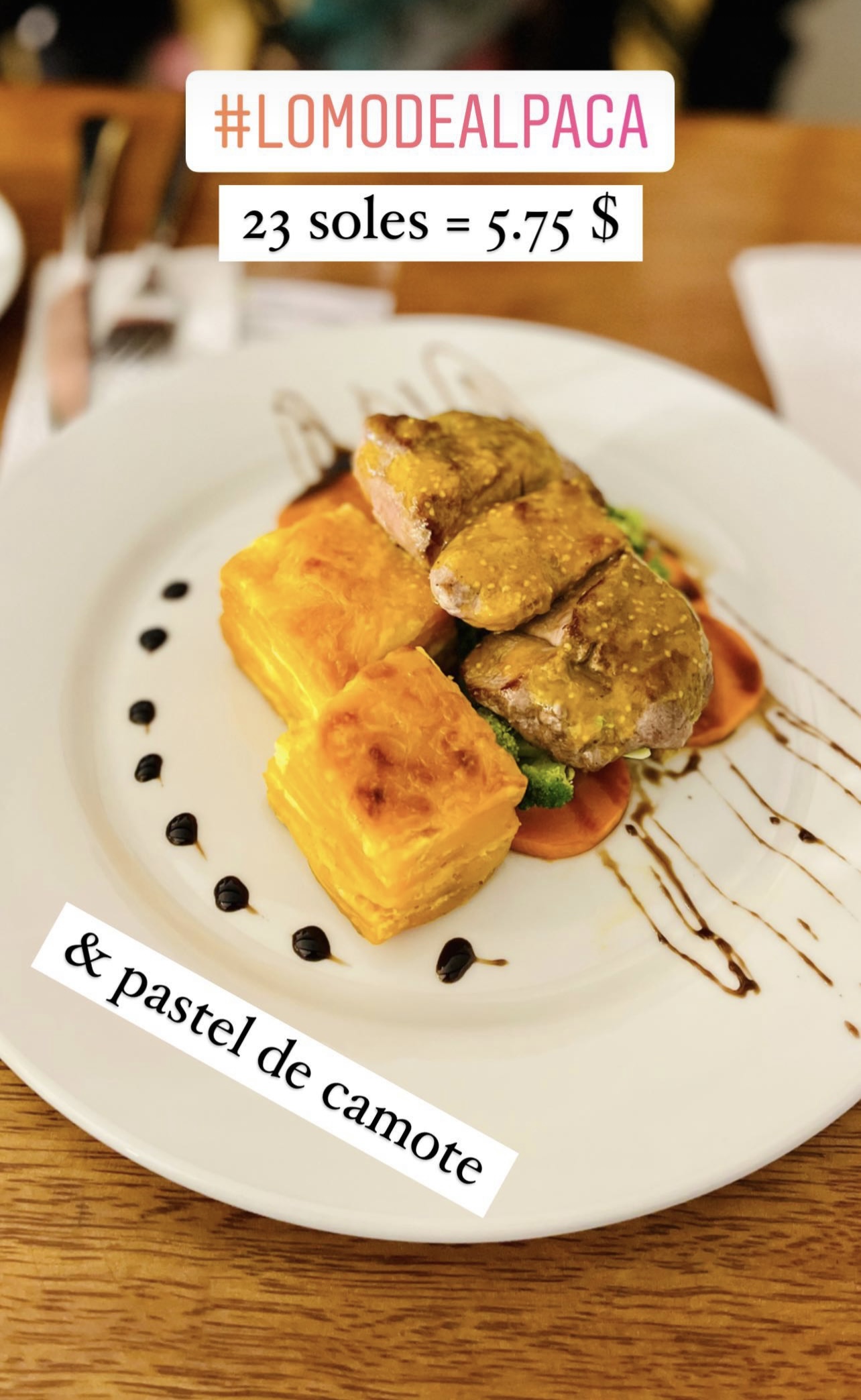
- Lomo saltado (beef sirloin or steak, cut into pieces, marinated and served with rice) - 15 sols

- Arroz chaufa mixto (rice with spices and pieces of chicken and beef) - 12 sols
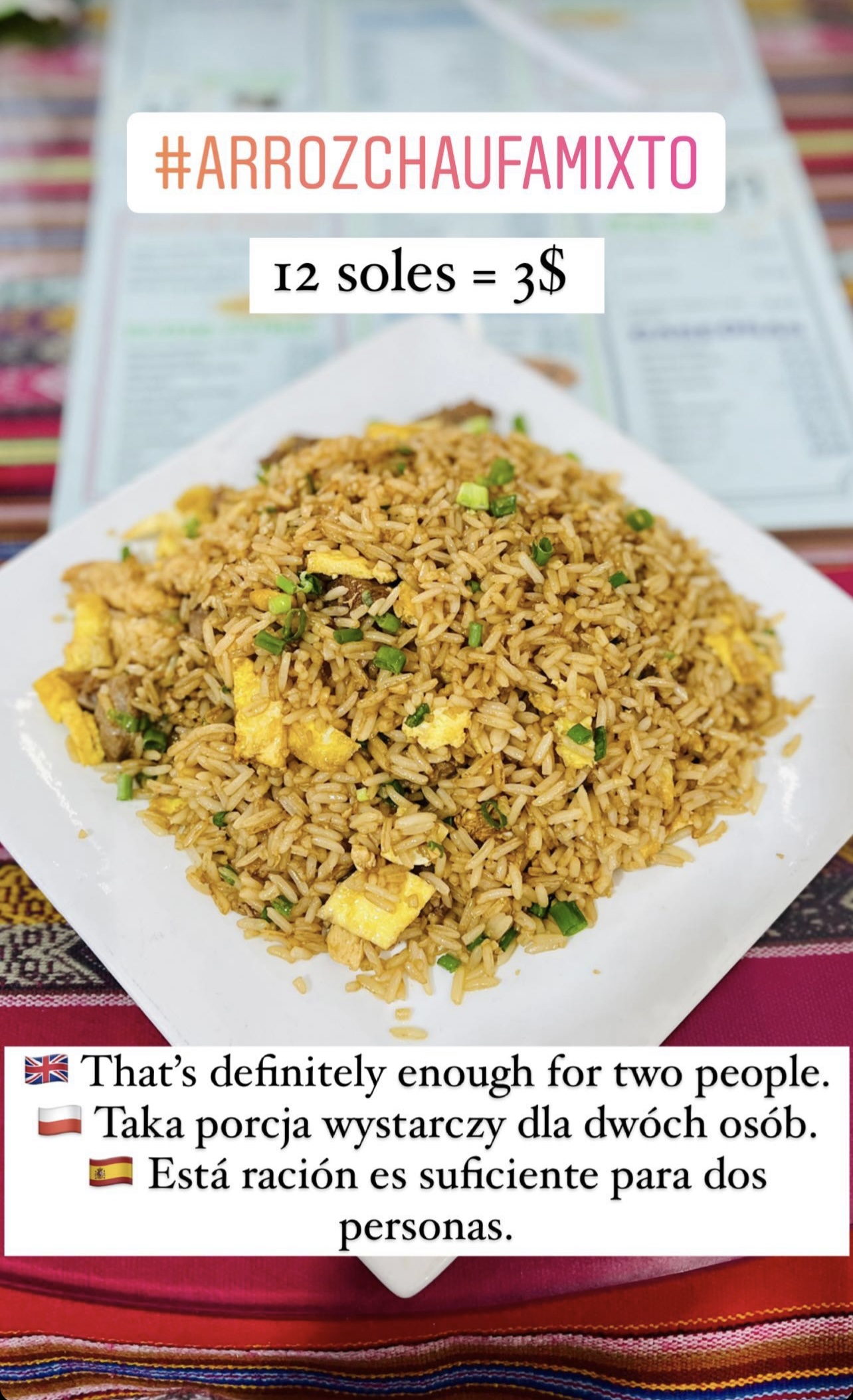
- Tallarin con pollo (noodles with pieces of chicken) - 10 sols
- local fastfood or salchipapas from 4 to even 10 sols
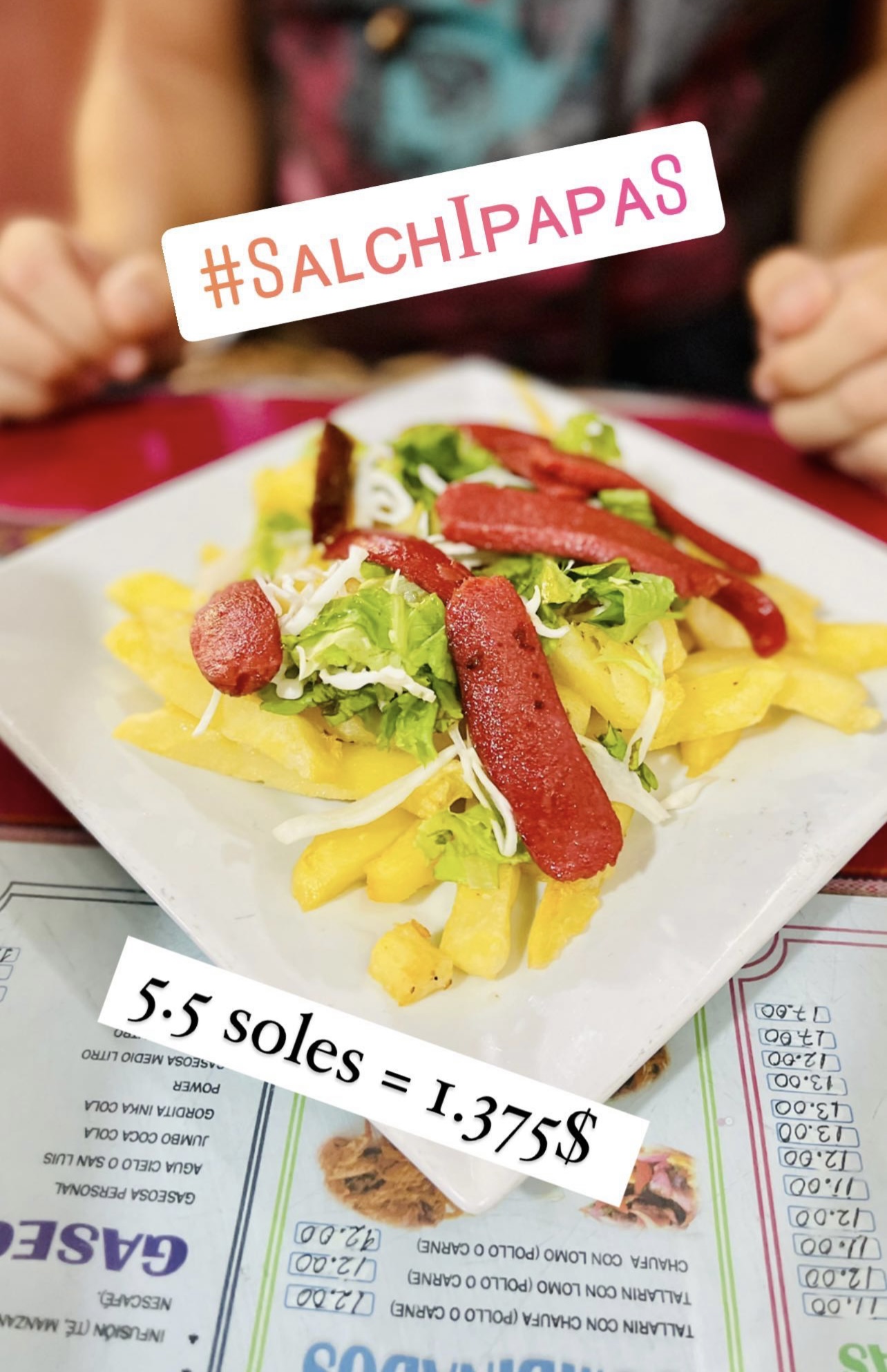
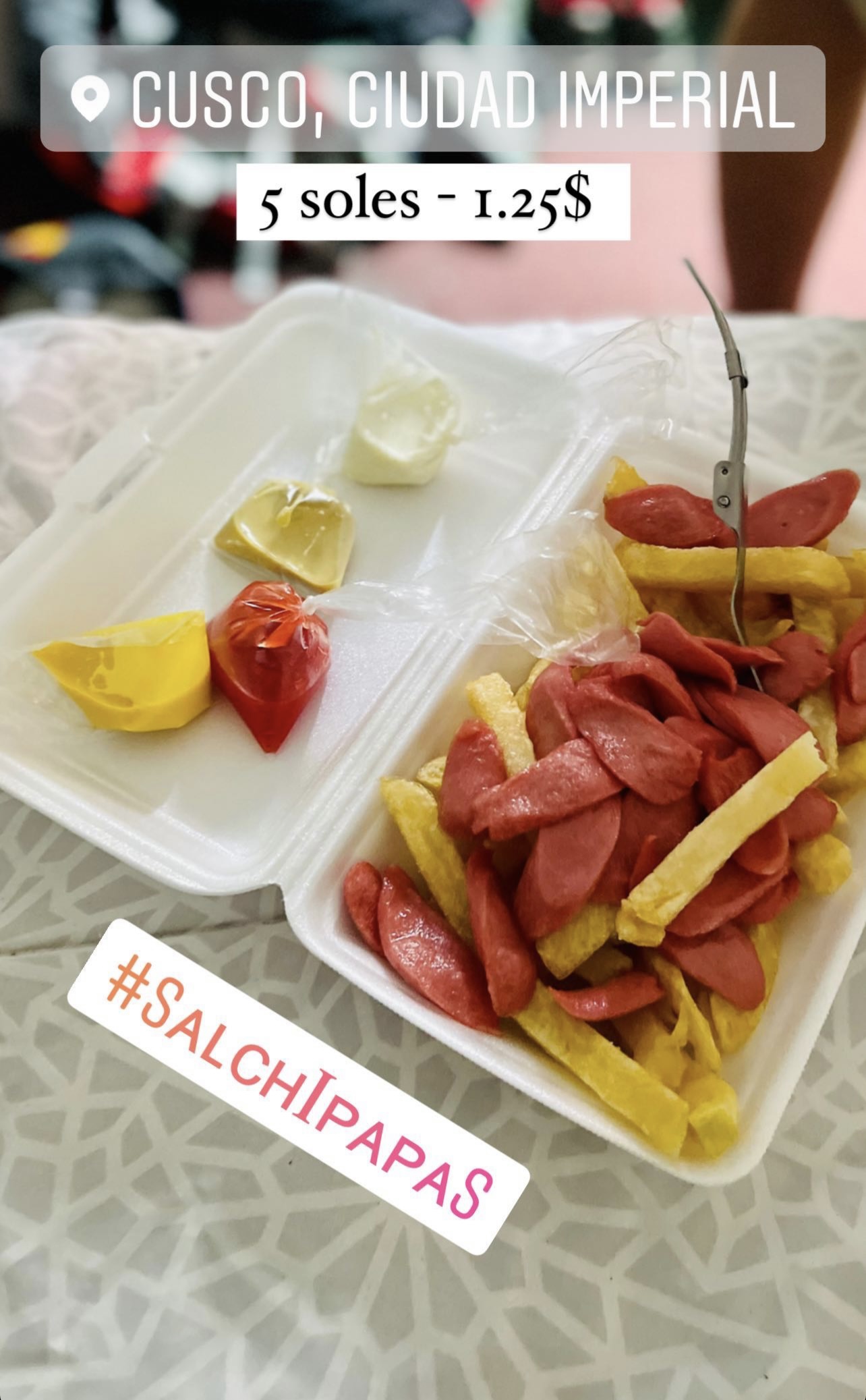
We will develop the topic of food in one of the paragraphs below.
Groceries
- bread - 5 rolls for 1 sol (0.25 $)
- Eggs - 6 pieces 2 sols

- Empanada (large baked dumpling) with pork - 5 sols
- Pineapple 1.7-2.7 sols / kg (at the market)
- Apples 4 - 5 sols / 1 kg (at the market)
- tangerines 3 sols / 1 kg (at the market)
- red grapes 5 sols / 1 kg (at the market)
- interest-free grapes 10 sols / 1 kg (at the market)
- Kiwi 7 sols / 1 kg (at the market)
- Spinach 4 sols / 1 kg (at the market)
- Potatoes (of course, depending on the type, of which there are thousands in Peru) from 1.7 sols / 1 kg (at the market)
- Coca leaves - 4 sols / 200g
Medicines
- panadol 2 tablets x 1000mg 1 sol
- medicine for diarrhea 7.30 sol / 8 tablets
- tablets for altitude sickness, natural with coca leaves, mint, guarana and ginger - 44 sols / 20 tablets
- protective lipstick - 6.9 sols
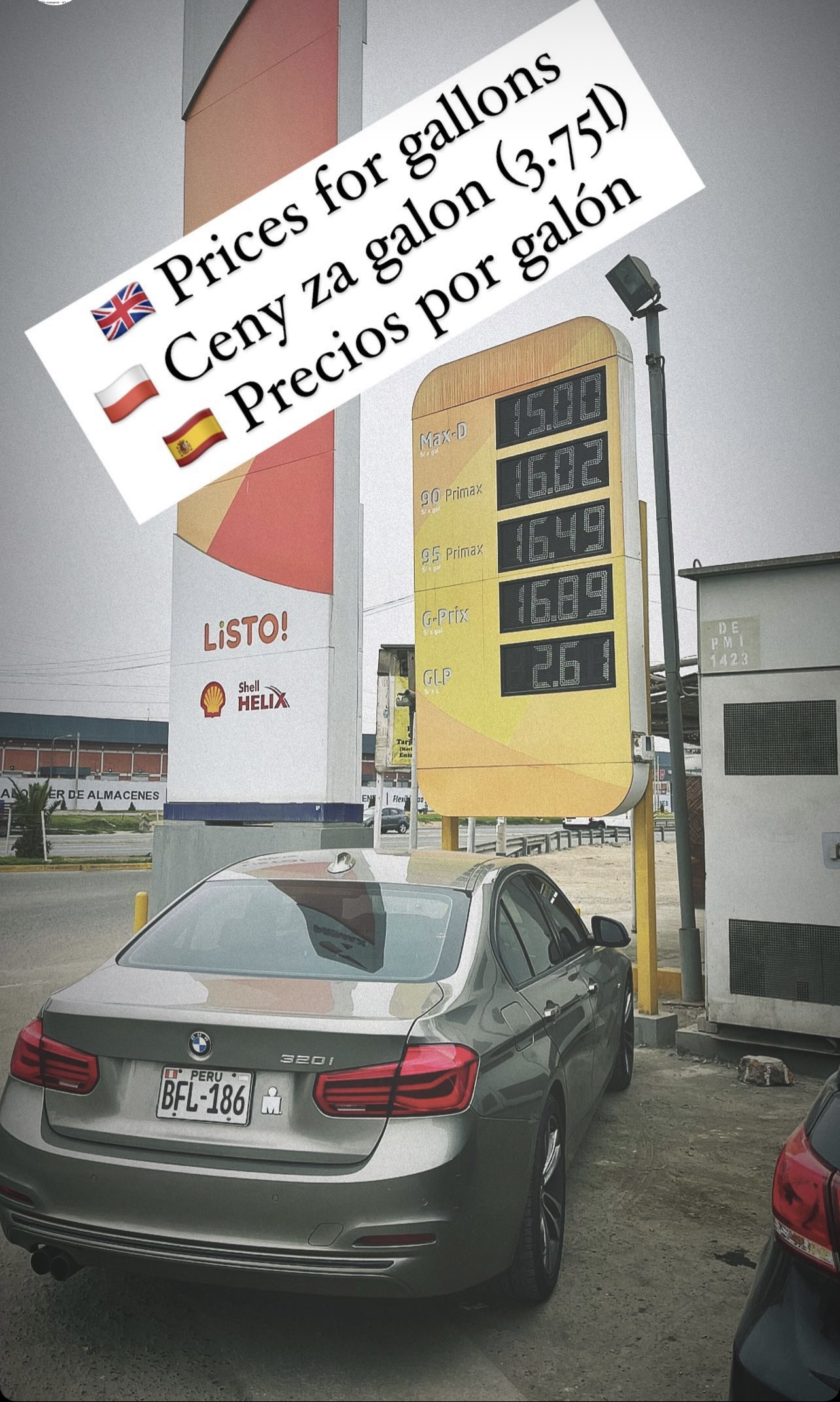
3 SAFETY
Of course, we write about our personal feelings - Peru is, in our opinion, safe. You should, of course, be careful and vigilant like anywhere else in the world and watch out for some places more, especially uninteresting neighborhoods in big cities. It is better to avoid them and not to hang around them, especially not with your phone in your hand and a camera around your neck. Besides, you have to be very careful in crowded places and public transport, but Peru, unlike Venezuela, is not a country where one would be attacked with guns or lose life for a gold chain. Let's travel wisely and everything will be fine.
4 FOOD
Peru may boast the best cuisine in the world, but so far we disagree. We are preparing an article about the most popular dishes, so today it will be only briefly about what is eaten in Peru, but also about what to watch out for.
If we want to eat really cheap, it's best to choose local restaurants and food stalls at the market. There we can eat the menu (first and second courses and most often lemonade or chicha morada (purple corn compote) or a small soft drink) for 5 or 6 sols, i.e. $ 1.25. In restaurants and bars for tourists, the same menu will cost 5 or 10 sols more (even if the restaurants are on the same street). However, please be cautious - in restaurants for locals, it’s more probable something can harm our stomach because there is a completely different level of hygiene, especially in the kitchen. I always eat in the most local places, but JJ in Peru had unpleasant stomach problems several times because of it.
Peruvians eat a lot of chicken and rice, but three times when I ordered chicken, three times it was undercooked and I haven't tried any more. JJ once poisoned himself with such a chicken.
The most popular local fast food, Salchipapas (fries with fried, cut into pieces, local sausage - sometimes rice or noodles are also added) can be bought for as little as 4 sols, but most often costs 6. If you prefer something healthier, you can try on street stalls Choclo con queso for 3 soles , i.e. corn with white cheese.
5 LANGUAGE
We both speak fluent Spanish so we haven't tried English but we know it would be hard. We try to be travelers, not tourists, so one of our goals during the trip is to get to know the local people - without the language it would be really hard. We were also concerned that we would have a problem getting used to Peruvian Spanish, but this is not the case. Our Castilian is understood very well, and we also understand practically everything.
6 PEOPLE
Peruvians are incredibly nice, cheerful, friendly and helpful. Anyone asked for help will be happy to provide tips and advice. There are many stray dogs here, but they approach people willingly and are not afraid of people, which is a very good sign of the local society. We still remember Moroccan cats that were afraid to come closer than 2 meters - they were simply notoriously beaten and chased, and thus developed a huge aversion to people and fear of them. In Peru, dogs can be petted, they approach, they are interested, they are not afraid.
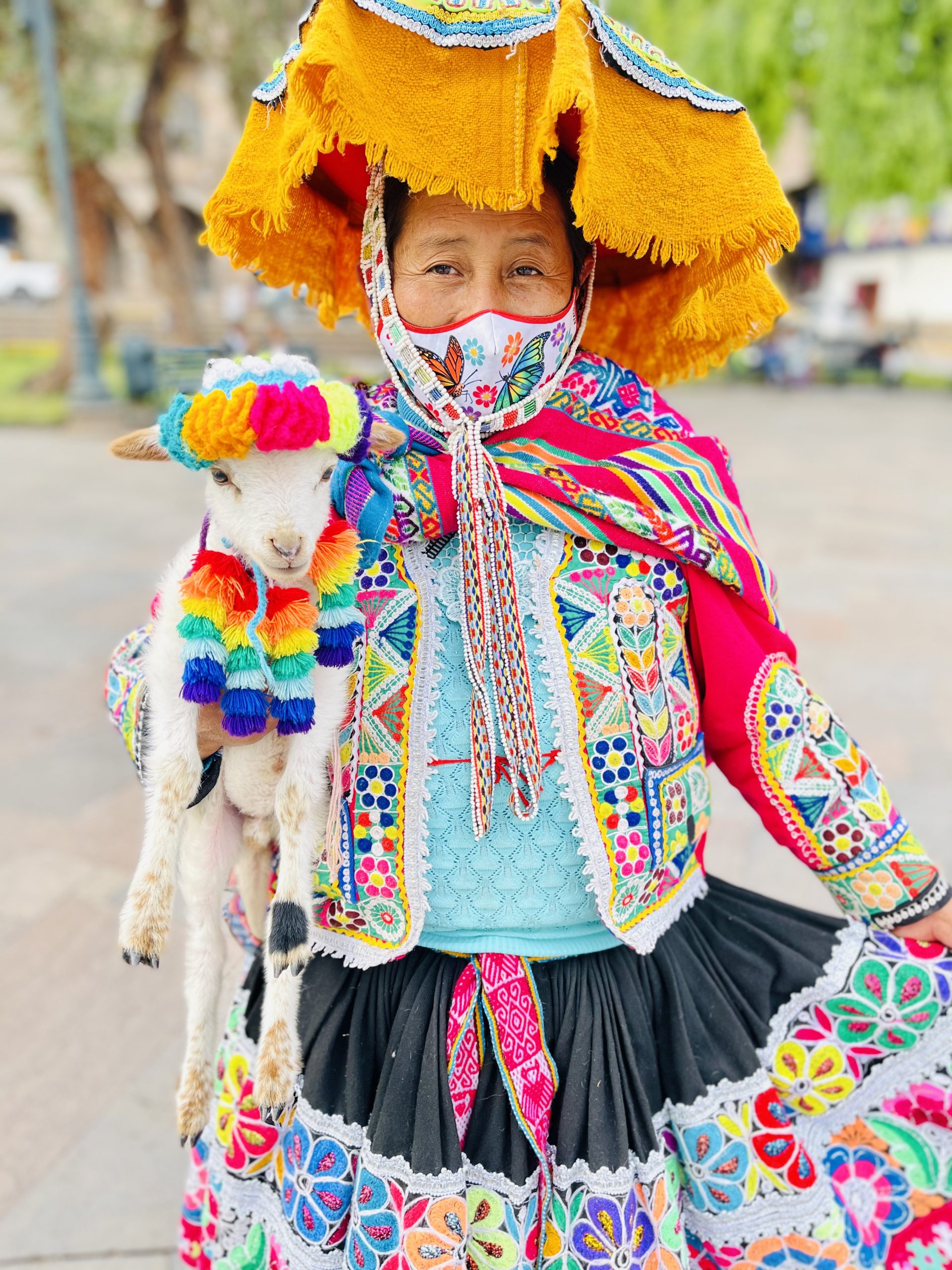
7 PUBLIC TRANSPORT
As I mentioned before - it is extremely cheap! Rides of 1 (0.25 $) or 2 (0.5 $) sole are standard. However, you cannot search for connections on Google Maps, and there are no timetables at the stops (which are sometimes unmarked at all). You have to come and wait until the bus or minibus goes to our destination. So far, we did not have to wait more than 15 minutes in any case, and it happened once, as we planned to cover the distance of over 200 km and finally decided to take two buses instead of one direct bus. We did not wait at all for short journeys - something is going non-stop. The buses are old, most of them look like they're about to break down, but somehow they manage.
8 ALTITUDE SICKNESS
For us, so far, the most beautiful part of Peru is the Cusco region. I suspect that most of you coming to Peru will decide to visit Machu Picchu, which is also located in this part of the country. Cusco itself is located at an altitude of 3300m above sea level and regardless of whether we come here from the coast or fly directly by plane, we will feel the effects of altitude sickness. The point is, there is less oxygen in the air at this altitude and your body has to get used to it and overproduce red blood cells so that they can transport oxygen better. That's why the first few days will be tough. Some acclimatize faster, others slower, but if you plan to go on any trek to the mountains, you must first spend a few days in Cusco until you feel better.
- drink a lot of water
- avoid alcohol
- move even when you are not feeling well - even a short walk around the city every day will allow you to acclimatize faster
- you can chew coca leaves or drink tea from these leaves (available to buy at the market), also pills with coca leaves, guarana, mint and ginger are available at the pharmacy
- if possible, increase the height gradually - instead of coming to Cusco right away, spend some time at a lower altitude
I hope that today's article will dispel all your doubts about traveling to Peru, but I will repeat it again - if we haven't written about something, feel free to ask, we'll be happy to answer if we can.

